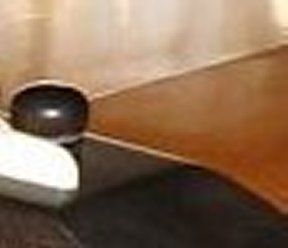Paul, I'm curious like Tim, was this Titebond? I've had one guitar do it as well. That guitar hasn't been subjected to much in the way of dry conditions or hot temps.
While I love Titebond, I suspect it as the culprit, as Tim does. Clamping methods on your top join may have left a bit too much glue in the joint. So any shrinkage of the top, and we all know they continue to shrink and expand, for their entire lives, depending on humidity. I really suspect it to be a squeezed glue joint.
I've changed my method for joining tops. I now use the tent method and about five strips of tape drawn tightly across the joint, evenly spaced across the join perpendicularly. Flip the top over, run a bead of glue in the vee-shaped cavity, allow the top to flatten against the work table and remove excess glue. You could just weight it and leave it, but I like adding tape strips to the back as well.
I think Mario may use some variation of this too, and many use hide glue for this critical join. I've used both glues. Here is where notations on the build sheet could pay dividends later.... good luck with the problem, I have one to repair as well down the road. Fortunately mine is in the family and no one is worried about it.
|



